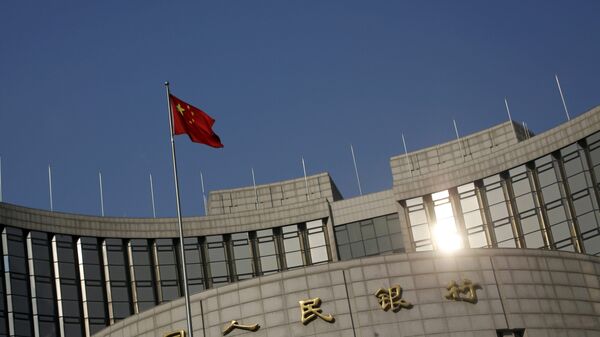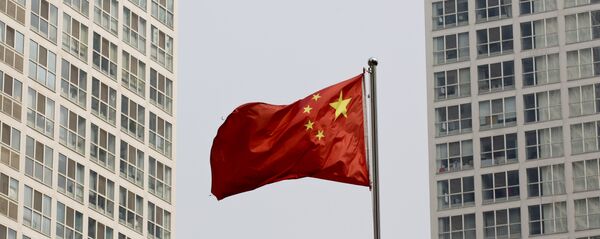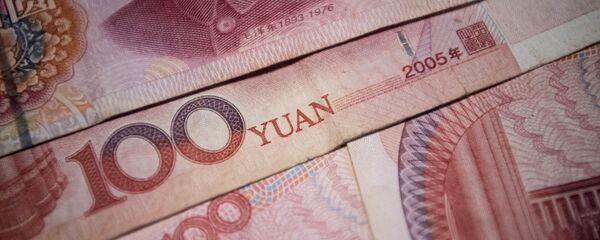Kristian Rouz – Beijing is set to implement additional banking oversight measures this year as the world’s second-largest economy continues to battle capital flight and malicious shadow banking practices.
Mainland China has sought to rebalance its economy toward a domestic demand-driven model for two years, and achieved moderate progress thus far, as it is still heavily reliant on exports to get hard currencies to refinance its mounting debt.
READ MORE: Will China Wreck the US Treasuries Market and the US Dollar?
The country's banking regulator said financial risks must be reduced before the country can continue to stimulate domestic demand for manufactured goods, as rife uncertainty in China’s banking sector requires a solid influx of dollar liquidity from overseas.
"Banking shareholder management, corporate governance and risk control mechanisms are still relatively weak, and the root causes creating market chaos have not fundamentally changed," the China Banking Regulatory Commission (CBRC) said.
Last year, mainland China’s total debt has surpassed 300 percent of its GDP, as provincial governments, the private sector, along with several prominent state-owned enterprises (SOE), increased their borrowing from the shadow banking sector. Such borrowing typically occurs off the books, as it circumvents the People’s Bank of China’s (PBOC) official rates and regulations, and drives China’s industrial output.
READ MORE: Pakistan's State Bank Green Lights Yuan-Based Trade With China
According to the documents, the PBOC Financial Stability Board released in October, China’s ‘on balance sheet assets’ and estimated ‘off balance sheet assets’ ‘more than doubled’ over the past years, and currently equal roughly 833 percent of GDP.
READ MORE: Russian Finance Ministry Plans to Issue First Yuan Bonds Worth $1Bln in 2018
China seeks to deleverage, and the recent announcement of tighter banking sector controls might help reverse the destructive trend of debt accumulation. China’s Local SOEs and Local (provincial) Government Finance Vehicles rose by 21 percent between January and September 2017 to $7.2 trln.
"The rapid growth and high level of China’s debt have already placed them in the danger zone for a financial crisis," Fielding Chen and Tom Orlik of Bloomberg Economics said in a note. "Adding debt equivalent to almost 70 percent of GDP in the next five years wouldn’t mean a crisis is inevitable, but it would severely reduce the chances of avoiding one."
Beijing has acknowledged that the uncontrolled accumulation of debt must stop.
"Bringing the banking sector under control will be long-term, arduous, and complex," CBRC said.
The CBRC also said it will punish violations corporate governance, property loan issuance, and write-offs of non-performing assets (including non-performing loans, NPLs) more severely.
The regulator is set to tighten it control over interbank activities, financial products, and off-balance sheet transactions as well.
The CBRC didn’t provide details regarding how it will deal with the shadow banking sector operations, which contribute the lion’s share of the off-balance sheet deals.
Banking sector oversight tightening is poised to intensify, now that mainland China’s President Xi Jinping has declared financial security to be vital to national security.






